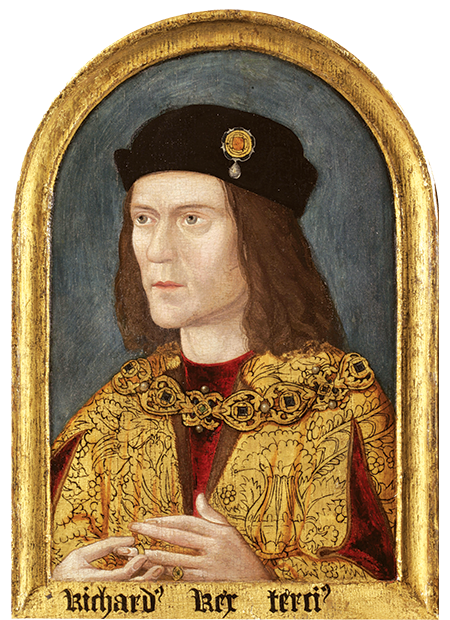Richard III and the Leicester Car Park Bones
Linda Porter is unconvinced by the claim that the discovery of Richard III's remains could "rewrite history".

The discovery of a male skeleton with head and arrow wounds and pronounced curvature of the spine beneath a Leicester car park has thrilled the Richard III Society and intrigued historians. Could this really be the king who fell at Bosworth in 1485 and was later buried in the church of the Grey Friars in Leicester?
I’ve spoken to several historians in recent weeks and we all feel considerable interest, but also a healthy amount of scepticism. This goes with our profession, I think. Major finds don’t come along very often and this would certainly be one of the most significant in the last hundred years. But the huge claims being made for it are not the sort that sit well with most historians. Assertions that, if DNA tests prove positive, this discovery ‘has the potential to rewrite history’ and is of ‘global importance’ make me sigh.
